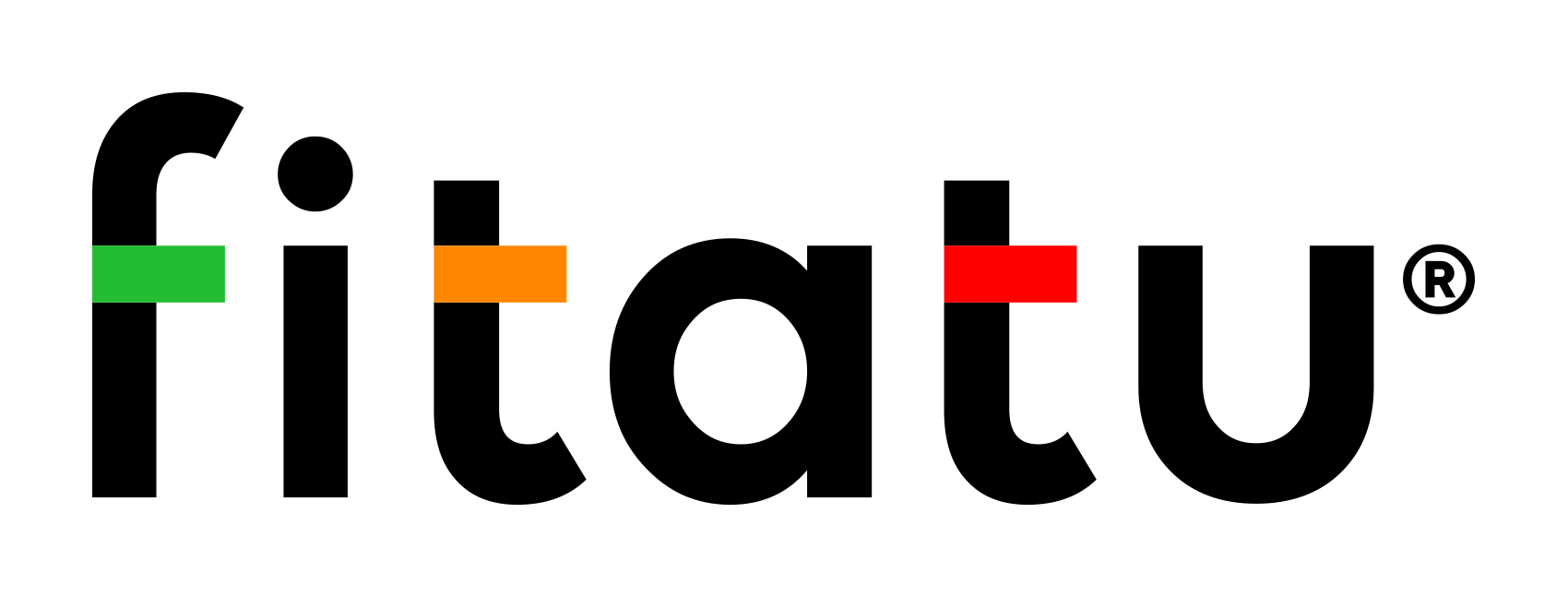Gout – causes, symptoms, treatment and recommendations
What is gout? What are the causes, symptoms, recommendations? How to treat it? In today’s article we have gathered all the most important information.
Gout (also known as gout, gout diathesis or arthritis) is a common rheumatic disease in developed countries. It is an inflammatory disease of the joints caused by the accumulation of sodium urate crystals in the joint fluid, periarticular tissues and subcutaneous tissue.
| Sickness of kings |
| Gout as a disease entity was known already in antiquity. For centuries it was regarded as a disease of kings and rich people, because it was more often suffered by representatives of the aristocracy. |
Precipitation of these crystals takes place when uric acid in the blood exceeds the saturation threshold – this condition is called hyperuricaemia. Uric acid is the end product of the metabolism of purines and fructose in our body.
Hyperuricemia is the amount of uric acid exceeding 6.8mg/dl in the blood. This condition adversely affects the condition and functioning of blood vessels and other organs. The precipitation of sodium urate crystals in the kidneys can cause kidney stones.
Risk factors for gout
Unfortunately, there are many risk factors contributing to the onset of gout. These include, above all:
- hyperuricemia,
- overweight and obesity,
- a diet rich in meat and seafood,
- alcohol abuse and smoking,
- genetic factors,
- hypertension,
- metabolic syndrome,
- male gender,
- postmenopausal women,
- taking certain medications,
- transplant recipients.
Symptoms of arthritis
Symptoms of a gout attack are:
- swelling and redness of the joints,
- increasing severe pain in the joint(s),
- fever.
The joint most commonly affected is the (metatarsophalangeal) joint of the first finger, but inflammation can of course also occur in other joints. An attack lasts from a few hours to two weeks (usually untreated) and there are no other complaints between attacks. Chronic gout causes changes in the joints, which undergo remodelling. The gout nodules that form in the joints impair the function of the joints and make it difficult to function in everyday life.
Triggers of gout
The risk factors affecting the onset of the gout attack itself are also many. Most of these we can control ourselves, and include:
- a diet rich in purines and fructose,
- alcohol,
- overweight and obesity,
- dehydration or insufficient fluid supply,
- excessive physical exertion,
- sudden weight loss/starvation,
- chilling.
Treatment of gout
Treatment is based on the alleviation of inflammation and analgesic therapy. The basis is the prevention of acute attacks, i.e. lowering the uric acid concentration in the blood. Education and daily behaviour – proper diet and elimination of triggering factors – are very important here.
Dietary recommendations
In the prevention of gout, it is recommended to reduce the concentration of uric acid in the blood (prevention of hyperuricaemia). The main pillar of prevention is a low-purine diet. Meals should be steamed or boiled, occasionally baked or grilled.
In addition, it is necessary to limit fructose – especially from processed sources such as juices, sweets, sugar or glucose-fructose syrup.
It is also recommended to control the intake of fruit (especially those with a high fructose content). They should not be completely eliminated, as they are a source of antioxidants, vitamins and other compounds that help regulate uric acid metabolism in the body.
Milk and (low-fat) dairy products are a source of compounds that increase the excretion of uric acid. Consuming one serving of milk or yoghurt reduces uric acid concentrations. Gout attacks occur up to 40% less frequently in people with a high intake of dairy products. Milk and dairy products are also a good substitute for meat for people with gout.
It is worth noting that purines from plant products have a lower bioavailability than from animal products. Therefore, a vegetarian diet may be a solution.
Contraindicated products: Meat: pork, beef, mutton, offal, meat preparations and preserves, broths, sauces and jellies, goose hare; Fish: salmon, cod, mackerel, carp, trout, pike, herring, sole, shrimp and other seafood; Mushrooms and preparations made from mushrooms; Fruits high in fructose: Sultanas, dates, dried figs, cranberries and prunes, grapes, pears, apples, kiwi; Yeast breads, breakfast cereals, sweets, honey
Acceptable products in limited quantities: Dairy: full-fat dairy products; Eggs; Vegetables: pumpkin, green beans, white beans, lentils, red cabbage, kale, broccoli, leek, Brussels sprouts, corn; Fruit: banana, melon, mango, fresh plums, papaya
Recommended products: Dairy: skimmed milk, low-fat dairy products (yoghurt, buttermilk, kefir, cottage cheese and cheeses up to 5% fat); Grain products: bread, pasta, groats (preferably whole grain); Meat: lean poultry meat; Vegetables: cucumber, tomato, white cabbage, sauerkraut, beetroot, courgette, carrots, vegetable juices, potatoes; Fruit: cherries, strawberries, tangerines, raspberries, pineapples, grapefruit, nectarines, peaches
Liquids
Adequate hydration is very important for gout, as uric acid is excreted in the urine. An increased fluid intake of 2.5 – 3 litres a day is recommended. The previously mentioned juices and fruit drinks are contraindicated in people with hyperuricemia. This is because they are concentrated sources of fructose, which should be limited.
It is advisable to give up alcohol in any form, as it contributes to reduced excretion of uric acid by the kidneys. Observations have shown a very strong association between beer consumption and the incidence of gout attacks – daily beer consumption increases the risk by 50%.
Coffee is often cited as a contributor to gout attacks, but available studies have not confirmed these suspicions. Interestingly, epidemiological studies have shed new light on this issue. Coffee drinkers were said to experience fewer attacks and had lower uric acid levels – the presence of antioxidants may be responsible for this effect.
Tea consumption, on the other hand, is still a contentious issue. Studies define the effects of tea as neutral or negative. However, there is currently no evidence of a positive effect on gout. Under these circumstances, it would not be a mistake to limit its consumption.
Physical activity
Gout is not a contraindication to physical activity, except in the case of exacerbation.
Regular physical activity is one of the key elements in helping to maintain a healthy body weight. People who are overweight or obese are advised to normalise their body weight in order to reduce the risk of gout attacks. A decrease in body weight of 5-10 kg reduces the concentration of uric acid in the blood by approximately 0.6 mg/dl.
When undertaking physical activity, remember that we need to ensure adequate hydration.
Summary
Gout is a disease where in the vast majority of cases the course depends on the patient and his lifestyle. Maintaining a healthy body weight, staying hydrated and following dietary recommendations contribute to lowering uric acid concentrations in the blood.
If you have a problem with drinking the right amount of water, use the Fitatu application. The application will remind you to drink water and will allow you to monitor the amount of water already drunk. More information about Fitatu can be found at: https://www.fitatu.com
Bibliography
- Pliarski Ł, Bogdanski P, Pupek-Musialik D. Gout-an ancient disease still problematic in the 21st century. Forum of Metabolic Disorders 2012;4: 160-6.
- Pęksa J, Karpiel-Malinowska A. Pharmacotherapy and dietary treatment of hyperuricaemia and gout attacks. Private Practice. 2019;26: 22-31.
- Frączek B, Krzywański J, Krysztofiak H. Sports dietetics. PZWL 2019; 691-705.
- Widecka K, Szymanski FM, Filipiak KJ, et al. Expert position on hyperuricemia.
- George C, Minter DA. Hyperuricemia. In: StatPearls. Treasure Island (FL): StatPearls Publishing; May 29, 2020.
- Zimmermann-Górska I. Gout. Szczeklik Interna. https://www.mp.pl/interna/chapter/B16.II.16.15.
- Borghi C et al. Expert consensus on the diagnosis and treatment of patients with hyperuricemia and high cardiovascular risk. Cardiology Journal 2018;25(5):545-564




